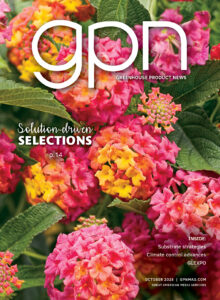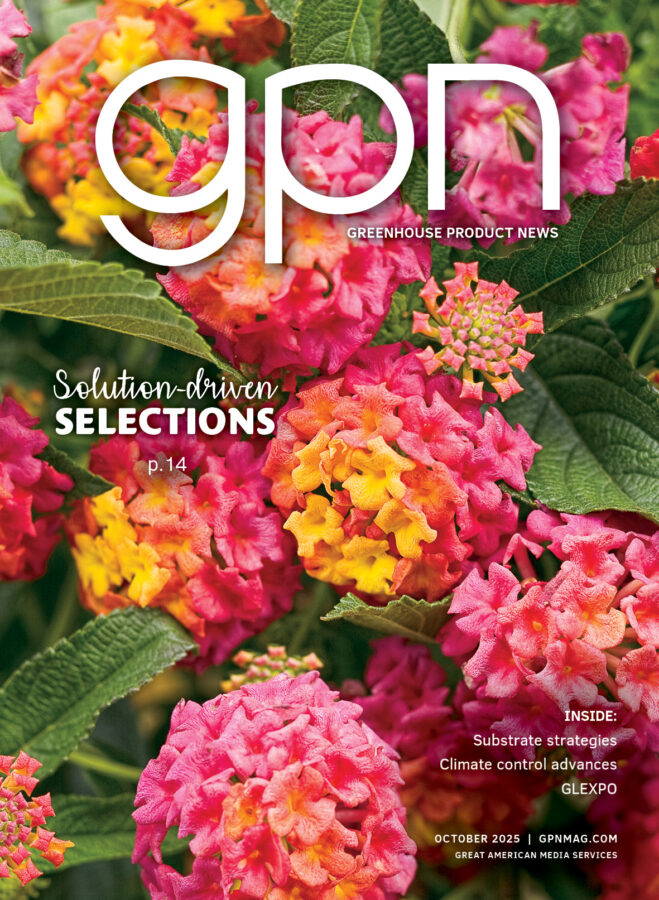Culture Tips for Anthurium
In recent years, greater demand has developed in the European and American pot plant market for solitary blooming products. There is also a clear social trend of people wanting to create their own floral arrangements. The anthurium pot plant meets these two conditions perfectly because the plant has an exclusive, individualistic image. New varieties, such as 'Amigo' and 'Champion', display greater richness of bloom that continues in the living room. The new class of Anthura varieties stands out for their compact plant structure, in which flowers extend in a rosette above the leaves.
Anthura's expansion in the Anthurium andreanum market has accelerated in recent years, producing a greater variety of colors, shapes and sizes. One can easily distinguish between small-, medium- and large-blooming flowers. In the near future, new varieties will appear with special flower or leaf shapes, taking the market by surprise with further particulars. On the production side, growers have anticipated this development. There is an estimated total cultivation area in The Netherlands of 62 acres. All of this has led to a tumultuous development in the market that has greatly expanded in volume.
STARTING
Shading. Anthurium is a shade plant and, therefore, has to be protected against too much direct light, radiation and wind. In rainy locations, it's advisable to use a plastic screen so the plants remain dry and there is less risk of diseases. Another advantage to shade cloth is that fertilizers don't wash out as easily so the feeding situation in the pot stays optimal. For constant temperature and good air circulation, a greenhouse height of 10-13 feet is advised.
Potting. Pot size depends on the growing time, irrigation system and cultivar. In general, anthurium roots better in a low, plastic pot that drains well. The most-used pot sizes are 5, 7 and 8 inches.
Media. The media depends on the growing time, irrigation system and pot size. The most-used soil mix is a good, porous compound that decomposes little and drains well, especially with big pot sizes. In The Netherlands, the following compound is used: 85 percent coarse peat moss (0.8-1.2 nches), 15 percent perlite. It is recommended to put a starter charge in the media. Other possible compounds are one-third perlite, one-third tree bark and one-third peat moss, or half Canadian peat and half Florida peat. For smaller pot growing, coco peat is suitable. For mature plants, a compound with chopped coconuts is useful in combination with burnt rice husks. During planting, it is important that the heart of the plant rises just above the media level, while being free of the compound. This speeds growing and the production of cuttings.
CULTIVATION
Climate. Temperature should be between 57 and 95¡ F, with an optimum temperature of 66¡ F at night and 70-77¡ F during the day. Indoor light level starting out should be at 12,000 lux and then at 10,000 lux upon maturity.
Irrigation. There are four methods of irrigation. One is the ebb-and-flow system. When using this system, the pot must have an edge at the bottom to ensure good drainage of the pot. The absorbing capacity of the media is also important; pay attention to drying media at the top of the pot. A second method is an irrigation mat. The bottom of the pot should have two holes that are directly in contact with the mat. The absorbing capacity of the potting compost is important. The third method involves a PVC pipe with sprinklers. Wash off the fertilizers with clean water 30 seconds after every irrigation. This kind of overhead watering is used mostly with small pot sizes and young plants. The final method is drip irrigation. This system is especially effective with larger pot sizes due to longer growing time. The advantage is that the plants stay clean and use less water. With every drip, 50 ml per dripper is recommended. With pot sizes of 10 inches, two drippers per pot are advisable.
Fertilization. Fertilization takes place with every irrigation turn. The EC of the irrigation water is above 1.0. The pH is 5.5.
diseases/threats
Animal. The most frequent animal attacks are from thrips, nematodes, white fly, mites, snails, caterpillars, scales and lice.
Mold. The most frequent mold attacks are from Pythium and Phytophthora.
Bacterial. The most dangerous diseases are bacterial blights of Xanthomonas campestris pv dieffenbachiae and Pseudomonas solanacerum. Prevention is possible by means of phytosanitary measures.
Treatment. Anthurium is very sensitive to pesticides; always use the right concentration, which is typically lower than with other flower cultivars. Damage might arise when using Orthene, Dichloorvos and Parathion. Before a new pesticide can be applied, conduct trials on a test bed. When judging effectiveness, please take into account the plant's slow reaction time.









 Video Library
Video Library 


















